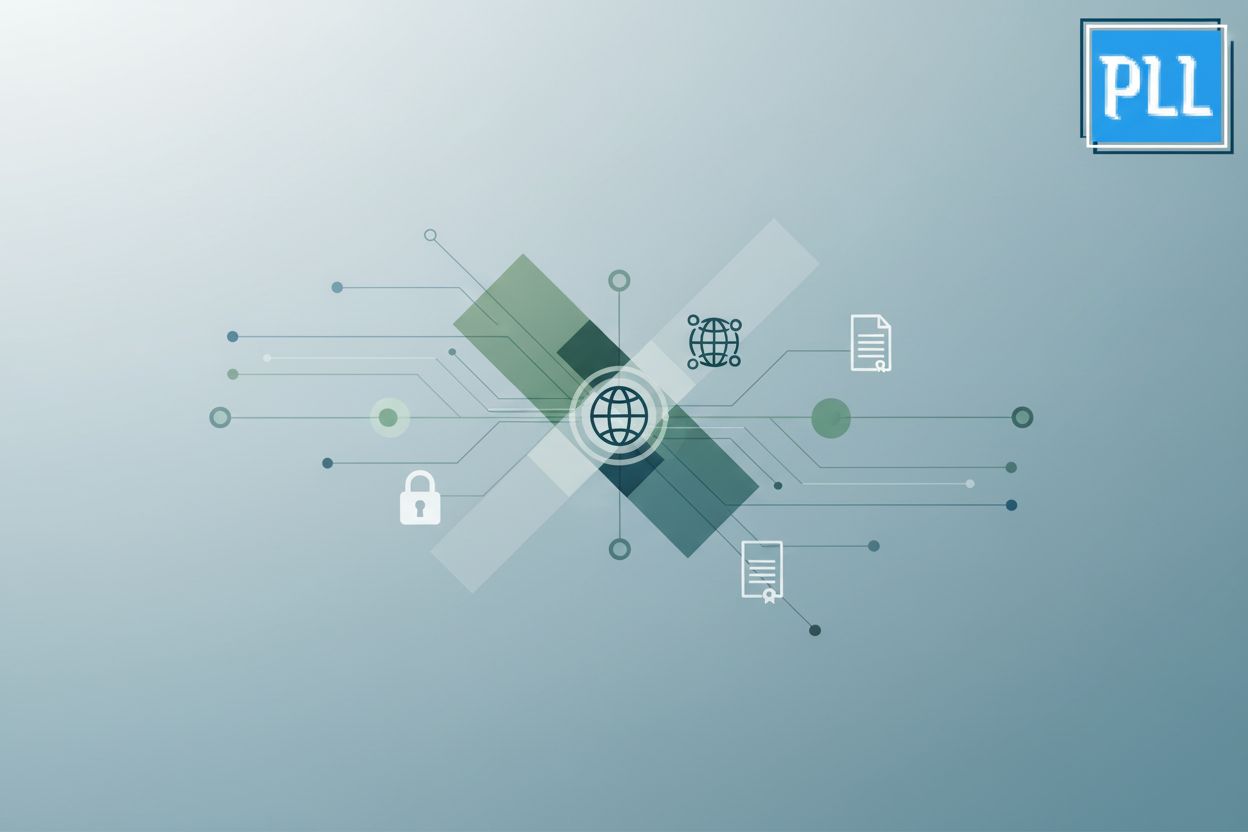Exploring Technology Companies Beyond Traditional Hubs
TL;DR
Exploring the Reasons Behind the Addition of Critical Vulnerabilities
The Evolving Threat Landscape: Why Are Critical Vulnerabilities on the Rise?
It's kinda wild how many data breaches you hear about these days, isn't it? Makes you wonder what's going on under the hood. Why are these critical vulnerabilities just popping up everywhere? Well, buckle up, let's dive in.
Honestly, it feels less like a simple problem and more like a bunch of stuff is happening all at once, creating the perfect environment for these vulnerabilities to thrive. Several interconnected factors are contributing to this surge, including:
Rapid Technological Changes: Things are moving fast. New tech gets pushed out before it's really been stress-tested. Think about it – every time a new framework or library hits the scene, there's a whole new potential attack surface that security teams are scrambling to understand.
Increased Complexity in Systems: Remember when apps were, like, one big thing? Now it's all microservices and apis talking to each other, creating this crazy web of connections. More connections, more places for attackers to sneak in. Maintaining security across all of that? A nightmare.
Growing Sophistication of Attackers: These aren't your stereotypical basement-dwelling script kiddies anymore. Attackers are getting smart. ai and machine learning are helping them find and exploit weaknesses faster than ever before. They're quick to weaponize new vulnerabilities, and some groups even target specific industries.
Consider the rise of cloud-native and serverless architectures. They offer awesome scalability and flexibility, but they also introduce new security challenges. Suddenly, you're dealing with ephemeral functions, complex permission models, and a whole new set of potential misconfigurations. Security teams are playing catch-up, and attackers are ready to exploit those gaps.
According to cm-alliance.com, one of the main reasons for cybersecurity vulnerability is evolving technology itself.
It's a constant tug-of-war, and right now, it feels like the attackers have a bit of an edge due to the rapid pace of innovation and readily available exploits.
So, what's the solution? Well, it's not simple, but understanding the complexity of modern systems is a start.
Increased Complexity in Systems: A Breeding Ground for Vulnerabilities
The interconnectedness of modern systems, while offering benefits like scalability and flexibility, also dramatically increases the potential attack surface. Think about the rise of cloud-native and serverless architectures. They offer awesome scalability and flexibility, but they also introduce new security challenges. Suddenly, you're dealing with ephemeral functions, complex permission models, and a whole new set of potential misconfigurations. Security teams are playing catch-up, and attackers are ready to exploit those gaps. Microservices and APIs talking to each other create a complex web of connections, and each connection is a potential entry point for attackers. Maintaining security across all of that? It's a nightmare.
Common Culprits: Root Causes of Critical Vulnerabilities
Misconfigurations are kinda like leaving your front door wide open, right? It's an easy invite for trouble! So, what are some common, uh, oops moments that lead to critical vulnerabilities?
- Default Passwords and Settings: I mean, who actually changes those things? Leaving default passwords on routers, databases, or cloud services is like handing over the keys to your kingdom. It's like, begging for a breach.
- Unnecessary Services and Ports: Ever notice how many services are running on a server that you don't even use? Keeping unused ports open? Attackers are always looking for these kinds of openings. It's a prime way to get in.
- Lack of Proper Access Controls: Not everyone needs admin rights. Seriously. Giving too many people access to sensitive data or critical systems is a recipe for disaster. Especially if they don't know what they are doing – this can lead to accidental data deletion, unintentional exposure of sensitive information, or their accounts being compromised and used for malicious purposes.
Think about a hospital where everyone has access to patient records. Or, like-- a retail store where any employee can change prices or access financial data. These kind of scenarios are just asking for something to go wrong, you know? So, what happens? Data breaches, fraud, and even ransomware attacks thrives in these environments.
It's not always about fancy tech, you know? Sometimes, it's just plain old human error. For example, accidentally exposing an .env file with api keys on GitHub? Yeah, that happens more often than you'd think. It's mistakes like these that can lead to significant security breaches and potential compromise.
The CWE Top 25 Most Dangerous Software Weaknesses highlights that misconfigurations are often easy to find and exploit, allowing adversaries to completely take over a system.
It's about constantly checking and double-checking. It's about automating security checks and training your team to be vigilant, too. Otherwise, you're just crossing your fingers and hoping for the best. And that's not a strategy, right? A proactive strategy involves continuous vigilance and robust security practices.
Third-Party Dependencies: A Hidden Risk
In today's interconnected software world, relying on third-party libraries and services is almost unavoidable. While these dependencies can speed up development and add functionality, they also introduce a significant security risk. Every external component you integrate is a potential entry point for attackers. If a vulnerability exists in a library you're using, your application can be compromised, even if your own code is perfectly secure. Security teams are constantly scrambling to keep track of all these dependencies and patch them as soon as vulnerabilities are discovered.
Specific Vulnerability Types Contributing to Critical Risks
Did you know api vulnerabilities is one of the OWASP top 10? It's a big deal, and something you can't just ignore. Let's get into some specific api vulnerabilities that are contributing to critical risks right now.
- Broken Object Level Authorization (BOLA): This is where users can access data they really shouldn't be able to. Like, imagine someone in finance accessing ceo's salary data-- big no-no, right? This happens when an attacker manipulates an identifier in an API request to access data associated with a different user or resource. It's all about making sure permissions are set up correctly so only authorized people get access to specific data.
- Excessive Data Exposure: This is when apis reveal more sensitive information than they actually need to. think of it like this, does the app really need to know your social security number just to display your username? Probably not. This can extend to other sensitive data like full credit card numbers, medical history, or even private keys being unnecessarily exposed.
- Lack of Resources and Rate Limiting: This can lead to denial-of-service (DoS) attacks. If an api doesn't have proper rate limiting-- someone could flood it with requests, crashing the whole system. Without proper rate limiting, an attacker can overwhelm the API with requests, consuming its resources and preventing legitimate users from accessing the service, thus causing a DoS.
One thing that really helps is automated continuous pen-testing. I've seen it in action, and it's pretty neat. It's like having a security expert constantly poking at your apis, trying to find weaknesses before the bad guys do.
So, what's the takeaway here? APIs are a critical part of modern systems, but they're also a prime target for attackers. By understanding the specific vulnerabilities that can arise, and taking proactive steps to address them, you can significantly improve your security posture.






